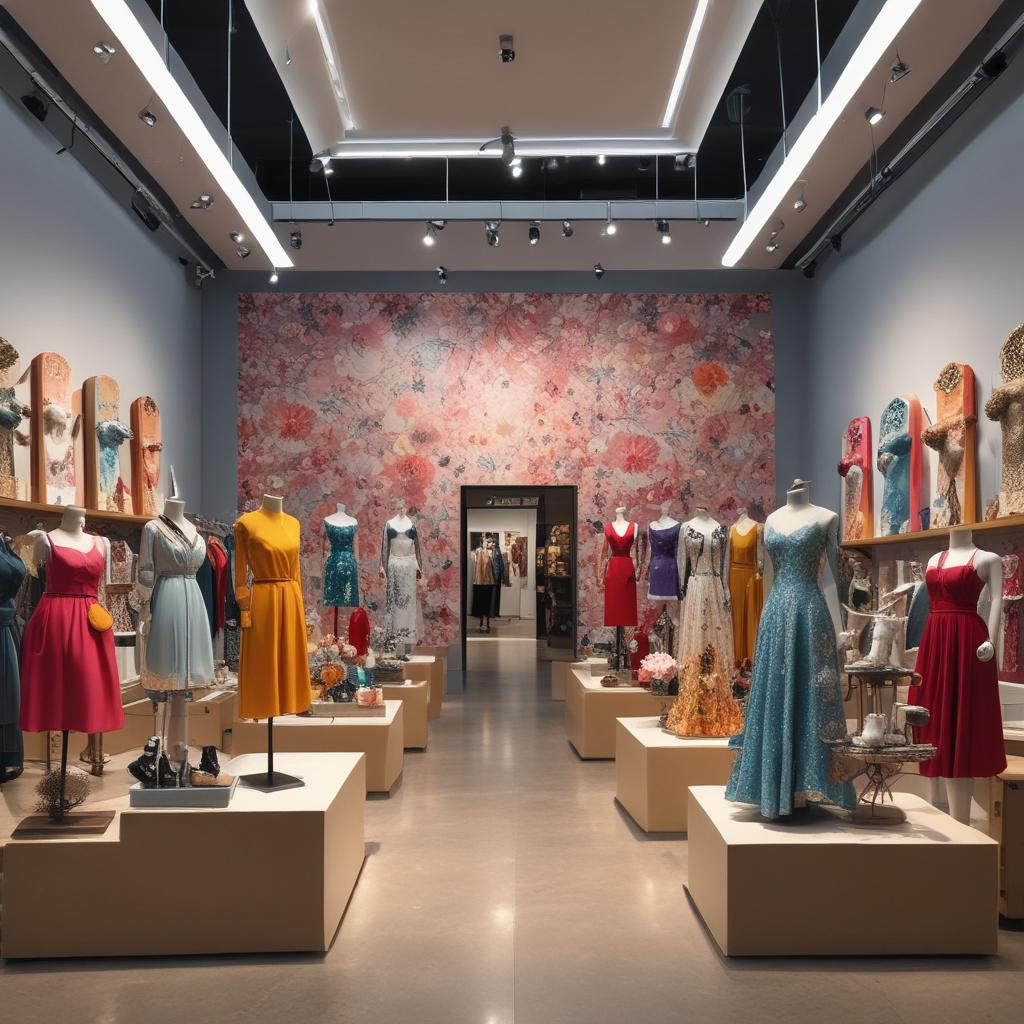Once upon a time, in the bustling lanes of a popular shopping district, stood an old, overlooked bookstore that had seen better days. Its windows were grimy, and the books were haphazardly stacked on shelves that had lost their luster long ago. One fine spring morning, a young visual merchandiser named Eliot, passionate about storytelling through design, walked in. Determined to revive the magic of the bookstore, Eliot decided to use the power of visual merchandising. He started by cleaning the windows and arranging the books into thematic displays that mimicked scenes from popular novels. To everyone’s surprise, by the following week, the store was buzzing with customers, old and new, eager to step into the tactile world of their favorite stories, proving the profound impact of thoughtful visual merchandising.

Visual merchandising is not just about making products look attractive; it's an art form that integrates aesthetics, psychology, and strategic planning to enhance the consumer experience and increase sales. This technique plays a critical role across all retail formats, from tiny boutique shops to massive department stores, involving everything from window displays to interior arrangements that guide customer flow and interaction with merchandise.
The primary objective of visual merchandising is to make the store environment enticing enough to draw in customers and convincing enough to influence purchase decisions. This goal is achieved through a variety of artistic approaches:
- Window Displays: These are often the first point of contact between a store and its customers. A creative, eye-catching window display can attract passersby into the store. It's like the cover of a book, giving a hint of what's inside, inviting curiosity and engagement.
- Store Layout: The way products are organized can significantly affect consumer behavior. Strategic placement of items can lead to increased foot traffic to less visited areas and create hot spots for featured merchandise.
- Lighting: Good lighting not only enhances the visual appeal of products but also creates an atmosphere. Soft, warm lights might encourage leisurely shopping, while bright, focused lighting can highlight specific products and drive attention to them.
- Color Schemes: Colors influence mood and perception. A coherent color palette can set the right mood, match brand identity, and make displays appear more cohesive and attractive.
- Interactive Displays: Engaging customers through interactive elements such as digital kiosks, try-on areas, or unique, experiential setups can make the shopping experience more memorable and likely to result in sales.
These techniques, when executed effectively, not only boost the aesthetic value of the store but also enhance customer satisfaction by making shopping easier and more enjoyable. For instance, a strategically placed mirror next to a clothing rack allows for immediate trial and satisfaction, potentially increasing the likelihood of a purchase.
In the age of online shopping, visual merchandising extends beyond physical stores. E-commerce brands are now employing similar principles in digital formats, using high-quality images, videos, and interactive content to emulate the in-store experience. This cross-channel approach ensures a seamless brand experience, crucial in today's omni-channel retail environment.
Visual merchandising, when done right, acts not just as a sales tactic, but as a bridge between products and consumers, fostering a connection that can transform first-time visitors into loyal customers. For those like Eliot, the fresh-faced merchandiser in our story, it’s about weaving a narrative that not only sells but also tells a compelling story, turning everyday shopping from a mundane task into a delightful adventure.


.jpg)
.jpg)


.jpg)




.png)





0 Comments